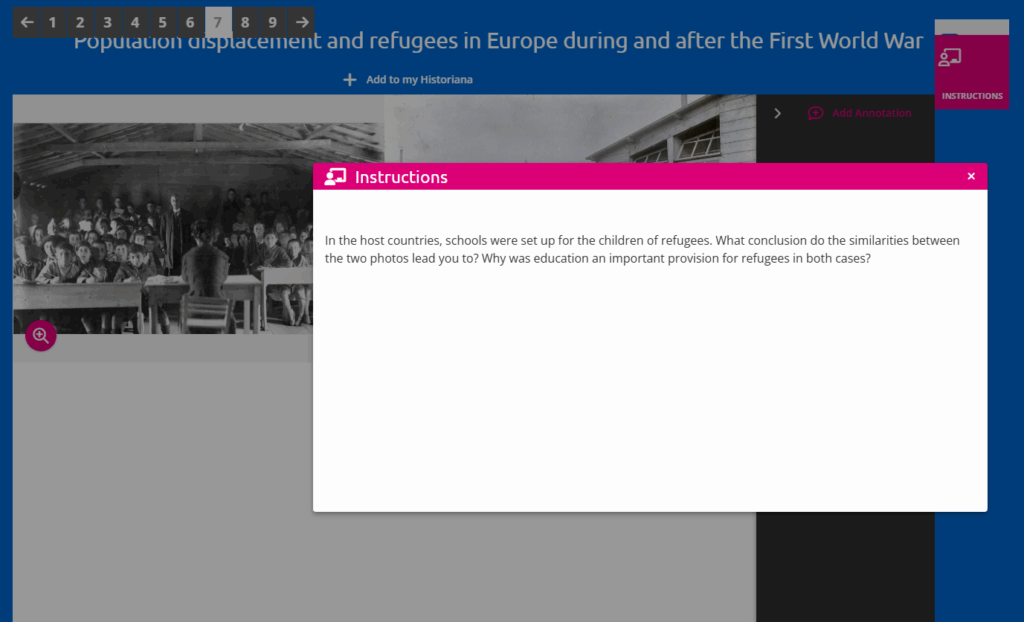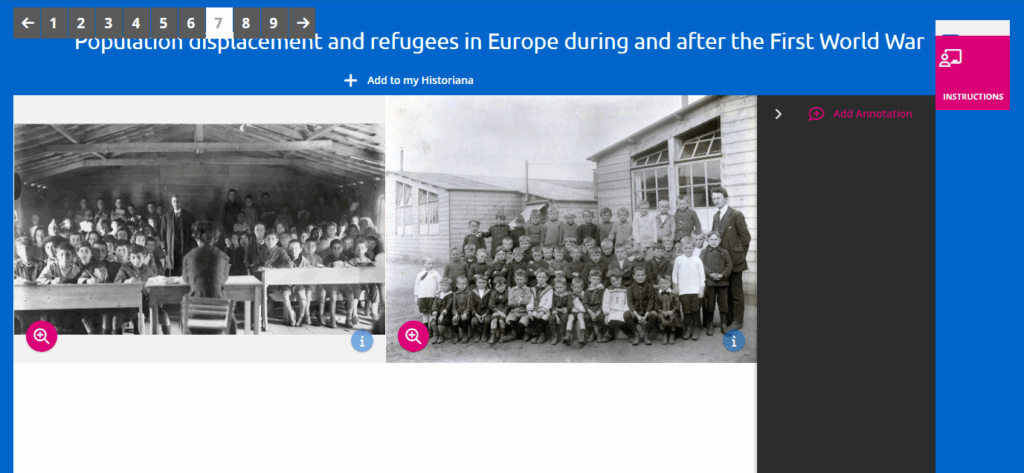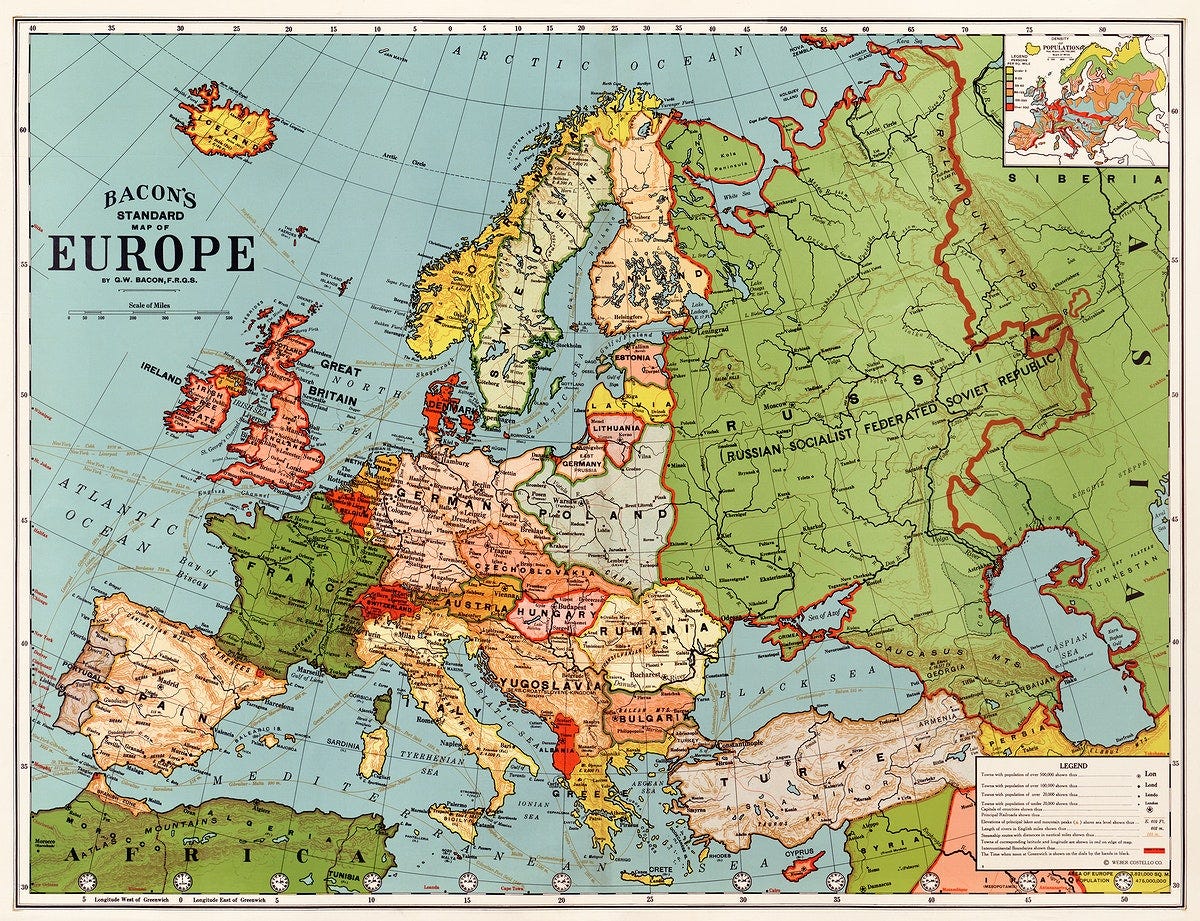In May 2025, EuroClio and Europeana welcomed six cultural heritage educators to The Hague for a co-creation session as part of ‘Creating Lessons with Cultural Heritage’. The project seeks to dive into the untapped wealth of cultural heritage available through museums, archives and other cultural institutions to create ready-to-use materials for the classroom.
During their stay, the educators co-created eLearning activities using the Historiana platform. Below, Monika Gavriilidou shares her experience of working with digital cultural heritage and introduces her eLearning teaching activity.
- Link to the eLearning activity in English: http://hi.st/Bqh
- Link to the eLearning activity in Greek: http://hi.st/Brd
In terms of cultural heritage, photographs are considered tangible objects as well as carriers of intangible cultural elements. Thus, photographs constitute visual records of historical events and enhance contextual knowledge and understanding of a historical period. They serve as visible traces of communities and represent peoples’ ways of living, traditions and values, providing useful information on ethnic, national and cultural identities. Given that photographs capture a moment through a single photographer’s lens, they also form a subjective medium; therefore, their use favours the development of the viewer’s critical thinking skills.
Digital cultural heritage deploys the potential of digital technologies to preserve existing heritage resources like old photographs, and to create new digital material emphasizing on cultural heritage initiatives. This action gives the opportunity to a wide audience to get to know and study rare elements of human culture over time.
With focus on education, photographs can be used to achieve different learning outcomes and are easily incorporated in numerous teaching strategies. In the teaching of History, comparing and contrasting photographs forms an engaging way to analyse historical documents by focusing on selected key elements. It indicates an important teaching strategy that relates to distinguishing, analysing and gaining insights into patterns of historical periods or events and enhances correlating the new information with students’ previous knowledge.
The eLearning activity Population displacement and refugees in Europe after the First World War aims at teaching analogies on migration in the First World War. According to current teaching curricula, for this historical period, students in each country are mainly taught about the migration events that affected their own people. They often overlook the fact that migration was a phenomenon that occurred throughout Europe for various reasons specific to different countries. In this activity, students are urged to make connections between the different parts of Europe by means of case-comparison. They are equally urged to describe differences and similarities of migration populations on structural features of human condition like the refugees’ trip, survival and resettlement.


The eLearning activity is composed of five ‘comparing’ interactive building blocks, focusing on two cases of refugees of that time, Greek populations from Asia Minor and Belgian soldiers and civilians. This activity uses the material of two digital collections, the International Encyclopedia of the First World War and the Hellenic Broadcasting Corporation (ERT) archive. It suggests a concluding activity, addressing to high school students that have already studied the causes, the results and the treaties signed after the First World War. The study and comparison of photographs is enhanced by key questions that appear on the screen on the ‘instructions’ window. Thus, students observe, explore, compare and present their thoughts orally to the class. Teachers can easily adapt the eLearning activity to the needs of their students by adding, removing or selecting pictures of other migrant populations from the Europeana and Historiana source collections.
